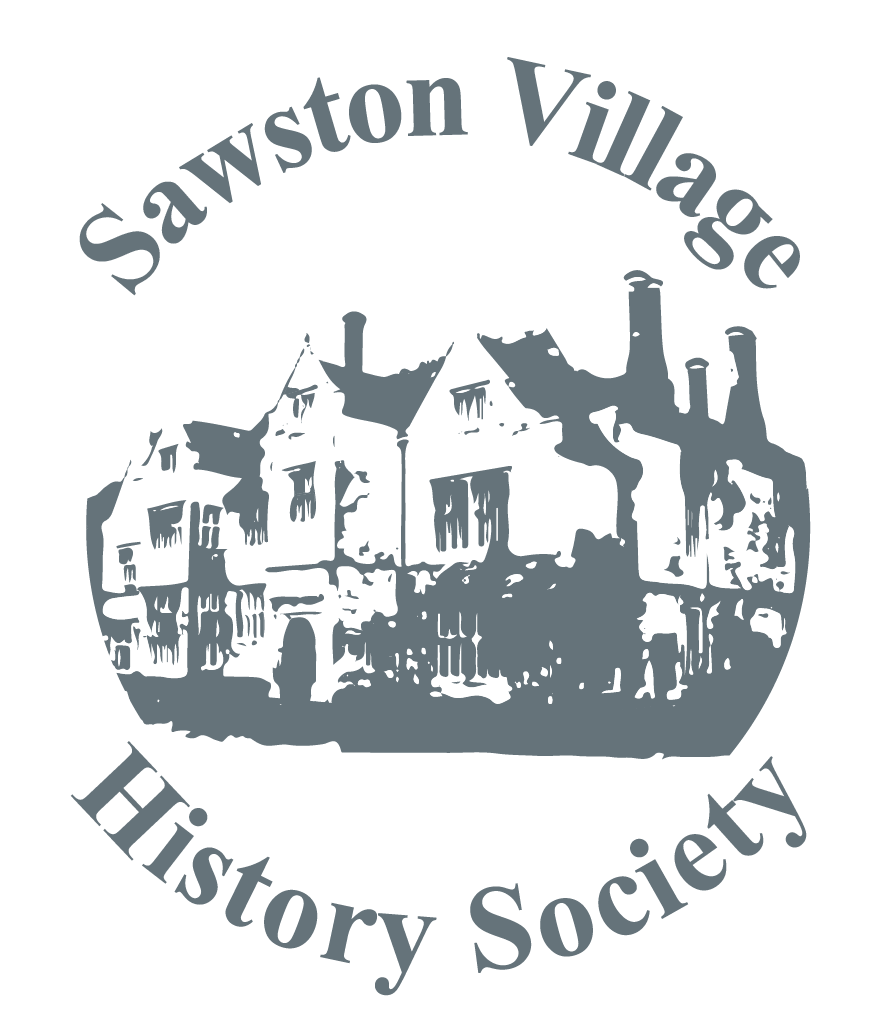
OK, you know about the Great Fire of London which raged from 2nd-5th September 1666, but this talk was about the Great Fire of Newmarket on 22nd March 1683, which incidentally may have saved the life of Charles II.
There were in fact four fires in Newmarket during the 17th century, but this was the most spectacular in which 66 houses were destroyed and their inhabitants, numbering 300 out of a total of 700, having to sleep rough on the heath with very little protection from the cold frosty weather at the time. It was remarkable that so few died in the fire or the aftermath.
In the 1600s, Newmarket was not much more than a village divided by the main street which was part of the main road from London to Norwich. The road separated the village between the counties of Cambridgeshire on the south side, and Suffolk on the north side. The Cambridge side was the posh part with two royal palaces, the first built by James I and the second by Charles II in 1668. The Suffolk side had by far the bigger population of the common people.
There is some confusion as to where and how the fire started, but it was almost certainly on the Suffolk side in a stable, and by a man smoking a pipe or with a lantern. There was a very strong north-westerly wind blowing which spread the fire rapidly to decimate almost all of the Suffolk side of the village, but leaving the Cambridge side unaffected. Apparently very little could be done to fight the fire: there was not a good supply of water. There was only a small stream in the village which was mostly filled with sewerage, and anyway the cold weather meant it would have been frozen. Although King Charles was in residence, his accompanying Life Guards were billeted in outlying villages and could not be rallied in time to help put the fire out. The whole Suffolk side was destroyed in four hours. Three inns were destroyed and many horses stabled behind them were burned to death, although some were ridden onto the heath. As can be imagined there was complete panic amongst the townsfolk.
Charles sent a dispatch rider to Cambridge to call for help, and rode out himself to direct operations. He decided to vacate the palace and went to stay at the Earl of Suffolk's house. However, when the wind changed direction and blew ash back onto the Cambridge side and the Earl's house in particular, he decided to return to London.
Charles issued a Fire Brief which was sent to many towns. This was an appeal for help for the people of Newmarket, which raised some twenty thousand pounds for repairs to buildings and fittings.
The fire resulted in the cancellation of the race programme and Charles' return to London earlier than planned. His route took him past a toll booth at Rye House near Hoddesdon. The Rye House Plot was a plan to assassinate King Charles II and his brother (and heir to the throne) James, Duke of York. They planned to conceal a force of men in the grounds of the house and ambush the King and the Duke as they passed by on their way back to London. However, they had not assembled at the house when the King arrived days before originally planned, so he passed by safely and the plot came to nothing.
News of the plot leaked and the plot was publicly discovered on 12 June 1683. At the trials a long list of conspirators were hanged, drawn and quartered, exiled or imprisoned.